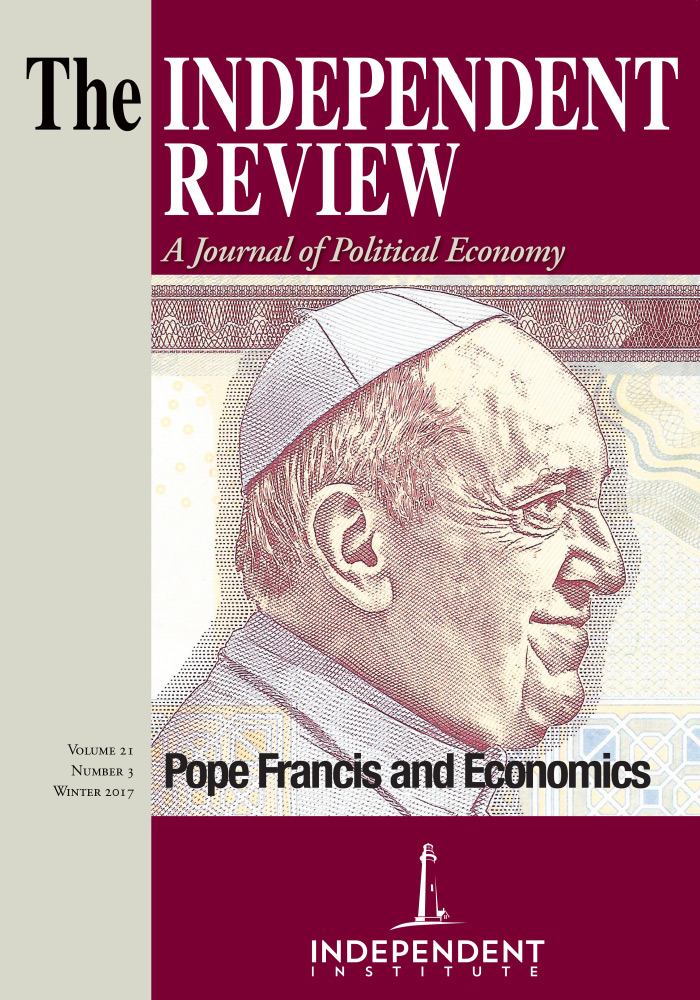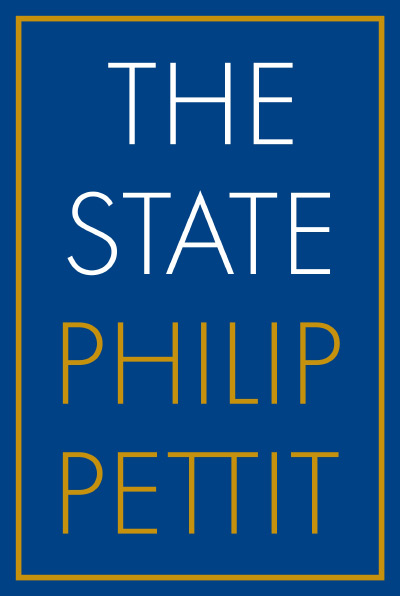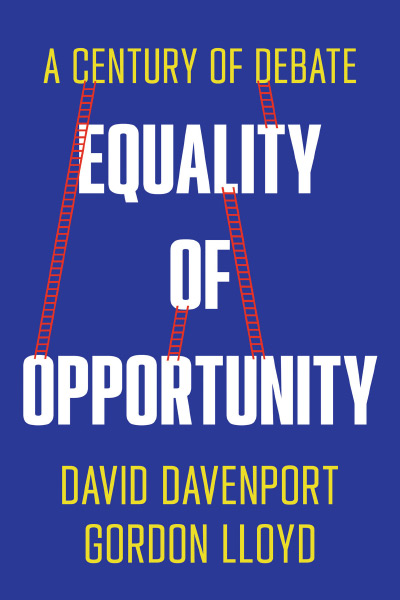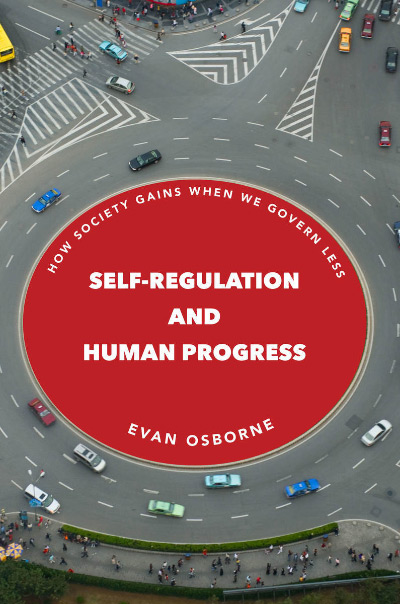In Ending Homelessness: Why We Haven’t, How We Can, Donald W. Burnes and David L. DiLeo compile the insights from a wide range of scholars and activists to diagnose the shortcomings of efforts to end homelessness over the past thirty decades as well as to offer a host of paths forward. Perhaps the book’s greatest strength is in the wealth of information on the state of homelessness in the United States. The book paints a comprehensive picture of homelessness as well as the myriad policies and programs in place to address it.
Following an introduction by Burnes, the volume’s most emotionally captivating contribution comes in the riveting chapter by Michelle McHenry-Edrington, a formerly homeless woman (chapter 2). McHenry-Edrington shares her experiences and frustrations with the insensitive, one-size-fits-all treatment she received through established service programs, reminding scholars that the objects of their policies are living, breathing human beings.
Kerri Tobin and Joseph Murphy (chapter 3) synthesize modern trends in homelessness demographics. Previously dominated by adult (often white) males with addiction and mental health issues, the homeless population has shifted to include more women, families, and minorities. They note, “the population is so diverse that the only real common denominator is a lack of housing” (p. 45). This insight affirms Burnes’ claim in the book’s introduction: “Top down policy pronouncements from Washington, DC, tend to maximize a one-size-fits-all approach, when local understanding negates this premise” (p. 5). Homelessness is complex, dynamic, and local.
Martha R. Burt (chapter 4) outlines the recent historical context of homelessness. While data on homelessness are sporadic and controversial, the best available estimates suggest that homelessness has remained relatively stable following a significant increase in the early 1980’s. This “homeless epidemic” coincided with an explosion of emergency shelters and a corresponding series of federal laws that effectively put homelessness on the national policy map.
Sam Tsemberis and Benjamin F. Henwood (chapter 5) describe the Housing First model of homelessness services. Housing First programs provide housing assistance independent of criterion of “housing readiness” (e.g., addiction status or mental health). The approach is a departure from the prior status quo, in which housing subsidization was a final step in a transition process. Many localities have adopted Housing First models (in no small part due to federal funding incentives).
Richard L. Harris (chapter 6) describes an alternative approach: the “Alcohol and Drug Free Community” (ADFC). ADFC requires commitment to overcoming addictive behaviors as a precursor to participation. Jill Khadduri (chapter 7) describes the many “mainstream” housing assistance programs, suggesting that a disconnect between homeless-specific and mainstream housing programs has been a major barrier to reducing homelessness. Khadduri holds that increased coordination is necessary to dent this pervasive problem.
Jason Adam Wasserman and Jeffrey Michael Clair (chapter 8) point out that underlying every unique form of homeless services is a philosophical position. This insight is interesting in light of what a handful of other contributors hint at: while data and evaluation are useful inputs into effective policy, the types of data collected are not intrinsically “value-free.” Rather, they are selected on the basis of individual goals and constraints.
The next series of chapters comprise the volume’s diagnoses of the ineffectiveness of homelessness policy to date. David L. DiLeo (chapter 9) asserts that societal faith in free will and capitalism are to blame. Sheila Crowley (chapter 10) cites a shortage of low-income housing subsidies, resulting in a shortage of affordable housing. Bristow Hardin (chapter 11) indicts inequality, low wages for the poor, and tax breaks for the rich. Collin Jaquet Whelley and Kate Whelley McCabe (chapter 12) write of anti-homeless laws (e.g., the regulation of public spaces), asserting that the “neoliberal economic model” is primarily responsible for this legislation. Surprisingly, of all the answers provided to the subtitle’s first puzzle—“why we haven’t” ended homelessness—none seem to focus on the incentives created by federal homelessness policies themselves.
Tracey O’Brien (chapter 13) argues for increased funding for data collection and evaluation of homelessness programs. Without this, “we are destined to continue blindly consuming resources and perpetuating programs” (p. 230). Paul A. Toro and Corissa Carlson (chapter 14) document the ebb and flow of media coverage of homelessness. Interestingly, they also find a common upward trend in federal funding for homelessness programs and academic research on homelessness. Samantha Batko (chapter 15) describes the notion of “ten year plans” to end homelessness, which are policy goals determined at the local level. Many communities adopted these plans a decade or so ago; their impact is unclear. Anne Miskey (chapter 16) assesses the role of funding sources, asserting the need for both private and public homeless funding to shift toward a centrally coordinated, “systems approach” (p. 274).
Unfortunately, political economy concerns are largely absent from the volume. Yet, the prevalence of rent seeking via homelessness policy is still evident throughout the book. McHenry-Edrington summarizes the basic economics of the homelessness industry: “No one wants to face the fact that, when you are really doing your job well, your numbers will go down in services provided because people will become self-sustaining” (p. 24). In the volume’s concluding chapter (chapter 17), Burnes affirms this perverse incentive structure: “‘If our agency really does a good job,’ a notion often heard among providers, ‘we all will soon be out of work’” (p. 283). Wasserman and Clair (chapter 8) and Toro and Carlson (chapter 14) also note the increasing size of the homelessness industry—a direct result of increased government funding. The perverse incentives of this industry deserve particular emphasis if we are to understand the persistence of homelessness; however, no such emphasis is provided here.
DiLeo writes, “Jobs get created when we invest in the poor—just like they do when we build jet fighters or warships” (p. 155). Despite the neglect of opportunity cost, this statement draws an important analogy between homeless services and national defense. The provision of national defense is plagued by the military industrial complex, the network of firms and bureaucratic agencies involved in the supply of arms to the U.S. military. Military suppliers stand to gain from every jet fighter and warship they are contracted to supply—whether or not that vessel is “needed.” Bureaucrats stand to gain from contracting for additional jet fighters and warships, increasing their budgetary power as well as the likelihood of being hired by a defense firm down the road via the “Revolving Door.” Eerily analogous incentives pervade the nation’s fight against homelessness. There may well be a “homelessness industrial complex” that has emerged and evolved in the three decades of federal homelessness policy. While a peaceful and homelessness-free society is desirable, the infrastructures ostensibly aimed at these ends have proven costly, ineffective, and potentially even harmful.
The institutional incongruity of a homelessness infrastructure coordinated by the state is readily apparent (see, for instance, David S. Lucas, “Federal Homelessness Policy: A Robust Political Economy Approach,” Review of Austrian Economics [forthcoming]). Yet, despite some awareness of this tension, the volume’s contributors overwhelmingly blame the persistence of homelessness on the market, positing the state as the only solution. Rather than the perverse incentives of bureaucracy, the entrenchment of the homelessness industry, or the resulting moral hazard, the main culprits behind homelessness found in this volume are the “neoliberal free market” and the lack of “political will.” For instance, DiLeo writes, “homelessness is not a failure of character, but the failure of an otherwise dynamic system to provide enough gainful employment for people who can work and sufficient services for those who cannot” (p. 154). Burnes claims, “the mechanics of free-market capitalism serve to benefit the rich on the backs of the poor and those who are homeless” (p. 278). In terms of political will, Burt writes, “We don’t need perfect predictability ... just political will” (p. 65). Burnes reiterates, “All that is required is renewed political will” (p. 7).
If “free-market capitalism” and insufficient “political will” are culpable for the persistence of homelessness, then the solutions promoted by the authors in this volume (e.g., advocacy, evidence-based policy, and an expanded government apparatus) are promising. However, the economic way of thinking suggests that these are spurious diagnoses—and, hence, ill-advised remedies. Political actors have neither the knowledge nor the incentives to end homelessness, as demonstrated by three decades of failed homelessness policy. Political will is unlikely to overcome these obstacles.
Charity, service, and generosity are necessary inputs to a functioning society. Yet, the best long-term prospects for the most vulnerable people will not come from a rigorously evaluated transfer program—public, private, or both—nor from a centrally-coordinated “homelessness infrastructure.” Rather, it will come from a system of general rules and lax regulation that maximizes the extent of entrepreneurial innovation, production, and exchange to enable human flourishing.
The free market is not the cause of homelessness; it is the best hope for a solution. At present, the greatest barriers to ending homelessness are the interventionist policies that distort housing and labor markets, and the burgeoning bureaucracy that induces moral hazard for benefactors and recipients alike. Until the community of concerned scholars, activists, and social entrepreneurs recognizes this, the end of homelessness will remain elusive.
| Other Independent Review articles by David S. Lucas | |
| Fall 2019 | The Homelessness Industry: A Critique of U.S. Social Policy |
| Spring 2018 | Bounties, Grants, and Market-Making Entrepreneurship |



















